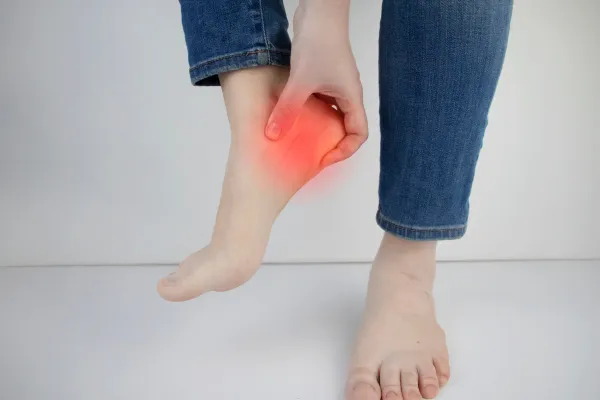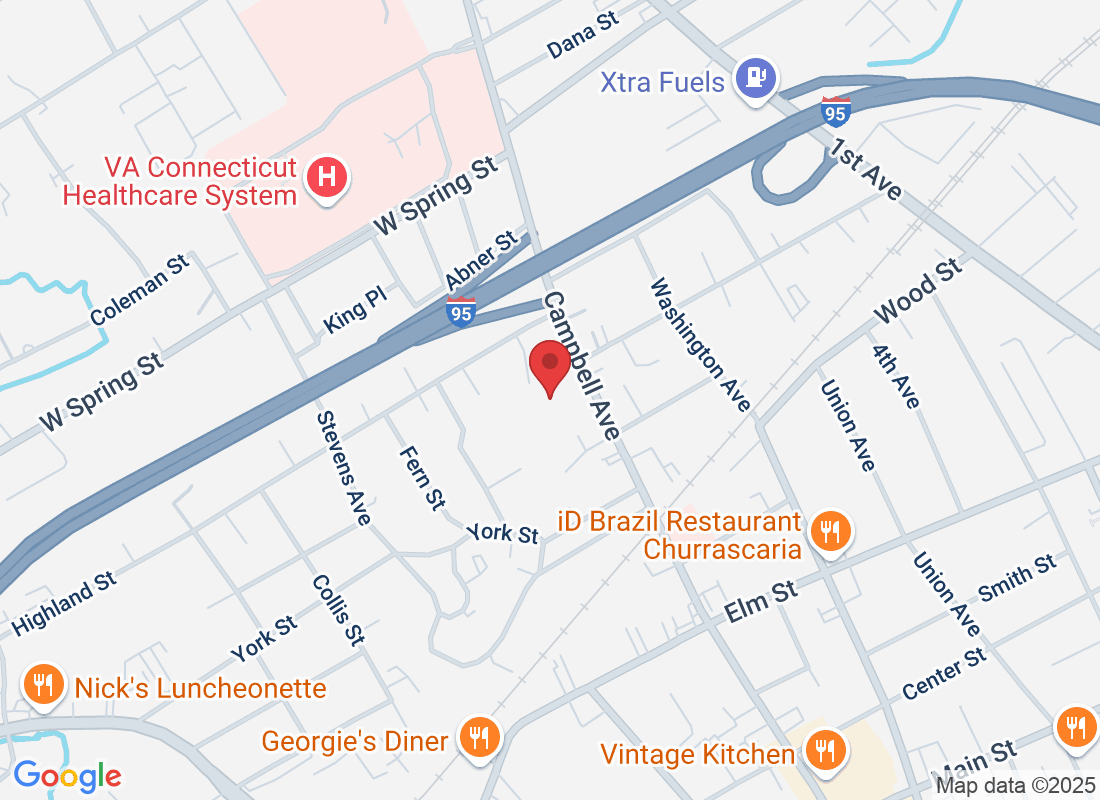Tips & Advice From West Haven Foot and Ankle Center

Do You Have Heel Spurs? Here’s How We Can Help
If you've been dealing with a sharp pain in your heel—especially when you first get out of bed or after standing for a while—you might be wondering what’s going on. One possible cause? A heel spur.
These small, bony growths can cause big discomfort. The good news is, there’s a lot we can do to help.
What Exactly Is a Heel Spur?
A heel spur is a calcium deposit that builds up on the underside of your heel bone. It often forms over time due to repeated stress or tension on the foot.
Most people don’t even know they have a heel spur—until it starts to hurt.
Common Signs You May Have a Heel Spur
You won’t be able to see a heel spur from the outside, but here are some common symptoms that could point to one:
Stabbing pain in the bottom of the heel, especially in the morning
Pain that improves after walking a bit, but may return later in the day
Tenderness or warmth around the heel area
A feeling like there’s a stone in your shoe
Pain that increases after long periods of standing or activity
Sometimes, heel spurs are connected to a condition called plantar fasciitis—in fact, they often go hand-in-hand. But they can cause pain on their own too.
What Causes Heel Spurs?
There are a few things that can lead to heel spurs forming:
Wearing unsupportive shoes
Standing or walking for long periods on hard surfaces
Tight calf muscles or Achilles tendon
Flat feet or high arches
Excess body weight, which puts more pressure on your feet
Repetitive impact from sports or daily activity
Over time, that stress pulls on the tissue where it connects to the heel bone, and your body responds by building extra bone.
How a Podiatrist Can Help
At our West Haven podiatry clinic, we see heel pain every day—and we know how to get you relief without jumping straight to surgery.
Here’s what treatment might look like:
1. Foot X-Rays
We’ll start by taking a close look with imaging. A heel spur can be clearly seen on an X-ray.
2. Custom Orthotics
Special shoe inserts can help take the pressure off your heel and provide better arch support, which reduces strain on your foot.
3. Stretching and Strengthening
Simple exercises for your feet and calves can make a big difference in easing tension and preventing further injury.
4. Laser Therapy or Shockwave Therapy
These non-invasive treatments help reduce inflammation and promote healing in the area around the spur.
5. Supportive Footwear Guidance
We’ll help you choose shoes that give your heel the protection it needs—soft, cushioned soles and proper arch support are key.
6. Cortisone Injections
For more severe pain, an injection can reduce inflammation and provide relief while other treatments begin working.
7. Surgical Options (Rarely Needed)
Surgery is only considered when all other options have failed, and even then, it’s very uncommon. Most people feel better with conservative care.
The Bottom Line
Heel spurs can be painful, but they’re very treatable. With the right approach, you don’t have to live with heel pain or let it slow you down.
Whether you’re on your feet all day for work, enjoy walking for exercise, or just want to move without discomfort—we’re here to help.
Let’s get you back on your feet, comfortably.
Ask West Haven Foot and Ankle Center And Their Team
Fill in the form to request a call from our team. One of our team members will call you for FREE and answer any questions or concerns you may have about your condition
Where To Find West Haven Foot and Ankle Center

If you have any questions before scheduling an appointment or for general inquiries, please use the contact us button below. Our team will promptly reach out to assist you.
Opening Hours
Monday: 8am - 5pm
Tuesday: 8am - 5pm
Wednesday: Closed
Thursday: 8am - 5pm
Friday: 8am - 5pm
Saturday: Closed
Sunday: Closed

